The Galápagos Islands, a UNESCO World Heritage Site renowned for their unique biodiversity, have long been a magnet for eco-conscious travelers. However, the delicate balance of this fragile ecosystem faces increasing pressure from tourism-related carbon emissions. In response, conservation authorities have launched a groundbreaking real-time carbon footprint monitoring program for visitors – an initiative that could redefine sustainable tourism in protected areas worldwide.
Unlike traditional carbon offset programs that calculate emissions retrospectively, this system tracks visitors' environmental impact from the moment they book their trip until they leave the archipelago. Sophisticated algorithms combine transportation data, accommodation energy use, and even meal choices to provide travelers with hourly updates on their personal carbon contribution through a dedicated mobile app.
The program represents a collaboration between Ecuador's Ministry of Environment, the Galápagos National Park Directorate, and several international climate technology firms. "We're moving beyond vague promises of carbon neutrality," explains park director Jorge Carrión. "When tourists see the immediate environmental cost of their air conditioning usage or their inter-island ferry selection, behavior changes happen in real time."
Early data reveals surprising patterns. While most visitors assume flight emissions dominate their footprint, the monitoring shows that on-island activities often account for nearly 40% of total impact. Luxury yachts cruising between islands produce disproportionate emissions compared to smaller vessels, prompting several tour operators to voluntarily upgrade their fleets' efficiency.
The technology infrastructure supporting this initiative is as remarkable as its conservation goals. A network of IoT sensors across the islands feeds data into cloud-based analytics platforms. Smart meters at hotels track energy consumption per room, while partnered restaurants input menu items linked to their carbon calculations. Even snorkeling gear rentals are logged, with operators reporting equipment lifecycles to assess manufacturing emissions.
Visitor response has been overwhelmingly positive, though not without challenges. Some tourists initially bristled at the perceived surveillance, until understanding the program's opt-out alternative – paying a flat carbon fee based on maximum possible footprint. Most choose the monitoring option, with many sharing their real-time dashboards on social media as badges of eco-conscious travel.
Scientists are particularly excited about the program's research potential. "For the first time, we're gathering precise data about tourism's environmental impact rather than relying on estimates," says marine biologist Dr. Luisa Fernández. "This will allow us to develop targeted mitigation strategies, like optimizing ferry schedules or identifying which hotel renovations yield the greatest emission reductions."
The economic implications are equally significant. Local businesses achieving low carbon ratings receive preferential placement in official tourism materials. A bakery in Puerto Ayora saw a 30% increase in customers after being flagged in the app for using solar ovens. Conversely, two hotels have already invested in renewable energy systems to improve their standings.
Critics argue the program places disproportionate responsibility on tourists while overlooking larger systemic issues like cargo ship emissions supplying the islands. Project leaders acknowledge this limitation but emphasize that visitor footprint monitoring creates upstream pressure on suppliers to clean their operations. Several food distributors have already switched to lower-carbon packaging in response to restaurant demands.
As the program completes its first year, preliminary results show a 17% average reduction in per-visitor emissions compared to baseline data. Perhaps more importantly, post-visit surveys indicate 89% of participants plan to apply carbon awareness habits in their daily lives. The Galápagos may have given the world Darwin's theory of evolution – now it's pioneering the evolution of sustainable tourism.
Looking ahead, conservationists hope to expand the system's capabilities. Future iterations may incorporate individual wildlife viewing patterns to assess disturbance impacts, or use machine learning to suggest personalized low-carbon itineraries. The program's open-source framework has already attracted interest from other fragile ecosystems, with the Seychelles and Palau considering adapted versions.
This initiative represents a fundamental shift in how protected areas manage tourism – from passive damage control to active co-creation of solutions with visitors. As climate change threatens the very species that make the Galápagos extraordinary, such innovative approaches may prove vital in preserving these islands not just as a travel destination, but as a living laboratory of sustainability.

By Jessica Lee/Apr 7, 2025
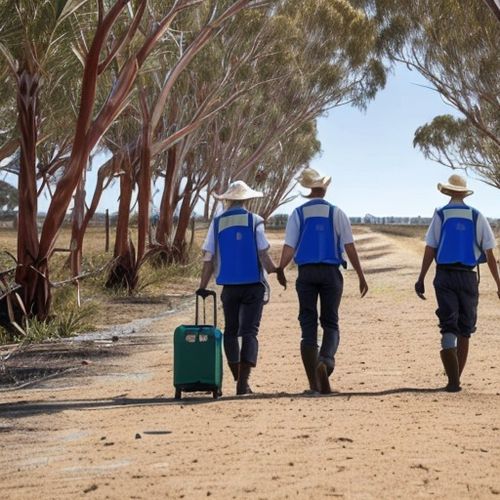
By Emily Johnson/Apr 7, 2025
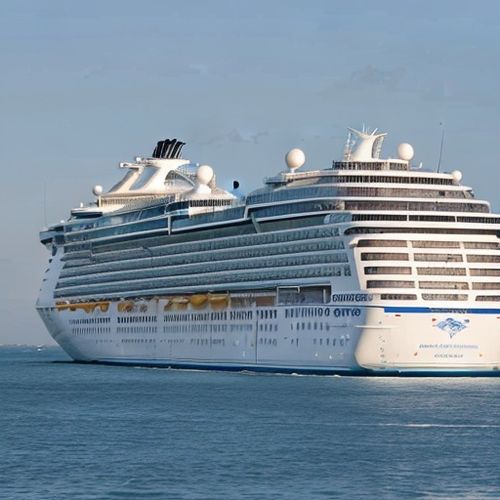
By Jessica Lee/Apr 7, 2025

By Joshua Howard/Apr 7, 2025

By Amanda Phillips/Apr 7, 2025

By Sophia Lewis/Apr 7, 2025

By Samuel Cooper/Apr 7, 2025

By Michael Brown/Apr 7, 2025

By Elizabeth Taylor/Apr 7, 2025

By Sarah Davis/Apr 7, 2025

By Daniel Scott/Apr 7, 2025
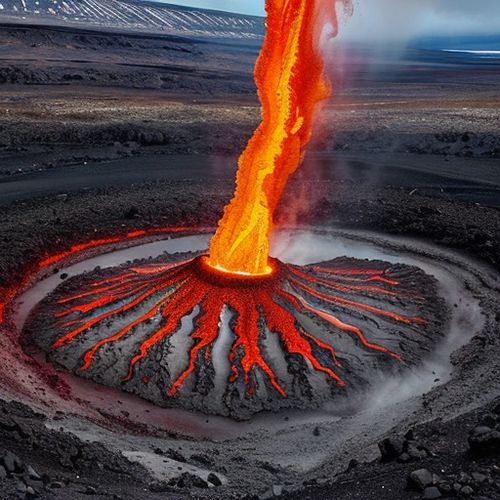
By Grace Cox/Apr 7, 2025

By Grace Cox/Apr 7, 2025
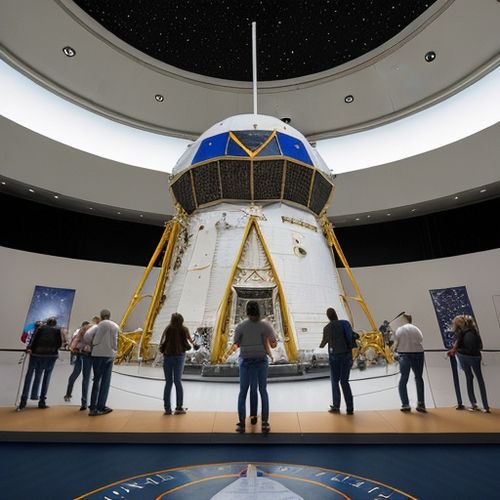
By Ryan Martin/Apr 7, 2025

By Christopher Harris/Apr 7, 2025
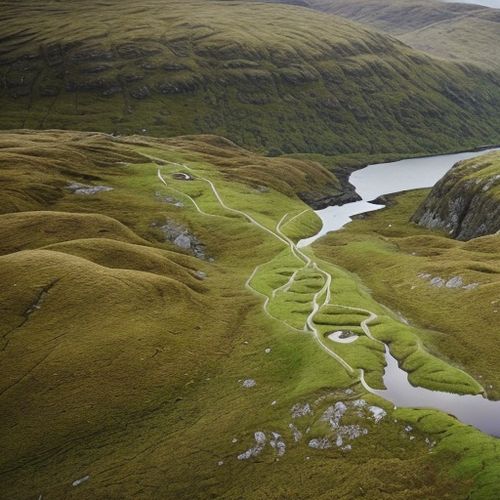
By Lily Simpson/Apr 7, 2025
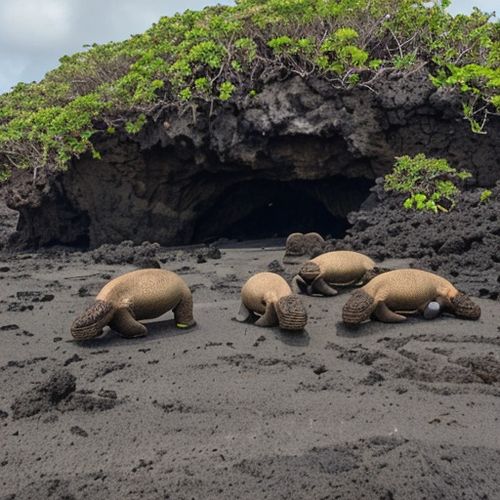
By Elizabeth Taylor/Apr 7, 2025

By Christopher Harris/Apr 7, 2025

By Noah Bell/Apr 7, 2025
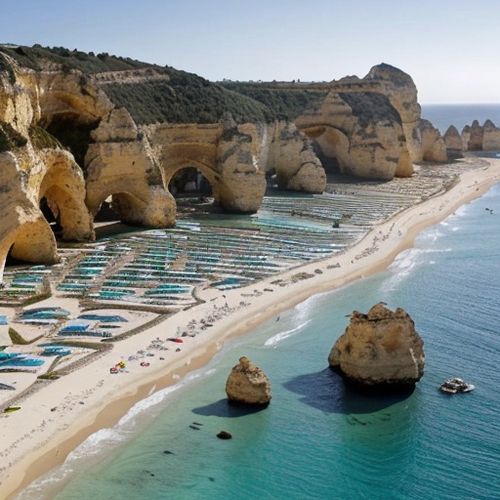
By Thomas Roberts/Apr 7, 2025